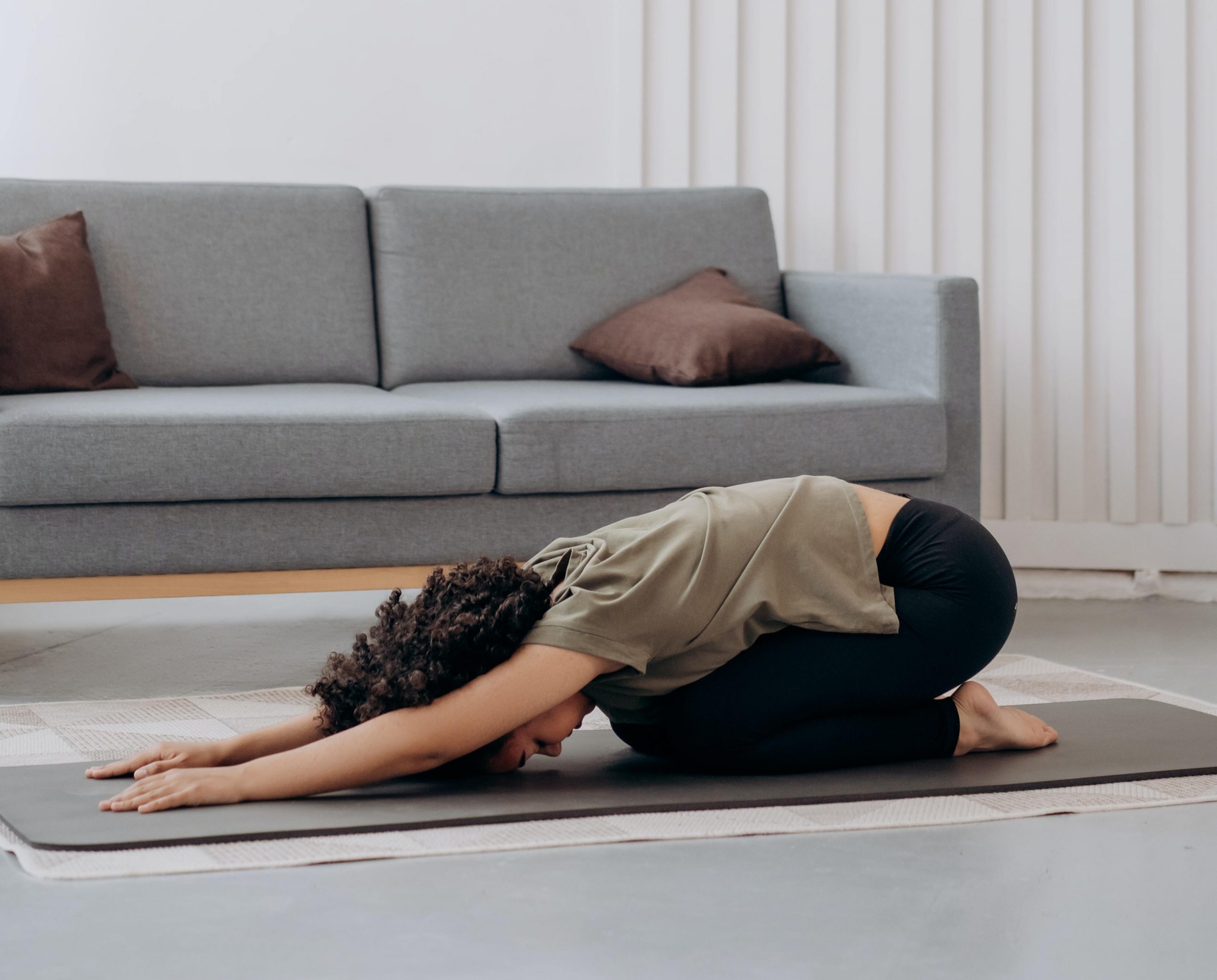
LearnWell: How to Be a Better Runner
Running can be a lot harder than it looks. And if you’ve ever found yourself huffing and puffing while out for a morning jog, you’ve likely wondered how to be a better runner.
As you probably know, there’s more to running than simply putting on shorts and heading out to the park. Your warm-up routine, the shoes you wear, and even the way you breathe can make or break your jogging experience.
Below, we’ll cover some of the best tips for making yourself a better runner (and how to feel your best while you’re at it.)
Start With Pre and Post Run Stretches
Stretching keeps your muscles loose, gets your blood flowing, and increases your range of motion. Try the following stretches to help your body relax before or after a run:
- Arm circles: Although you might think of running as a legs-only activity, the rest of your body will be working hard too! Arm circles loosen up your shoulders, arms, and upper back before or after you hit the road for a jog.
- Quad stretches: Stand on one leg, using support if you need to. Then, lift the heel of your raised foot behind you. Grab the foot and pull it towards your backside gently for an effective quad stretch.
- Calf stretches: Stand on a raised surface and slide one foot about halfway off the edge behind you. Drop your back foot’s heel and bend your opposite knee to dip slightly, using support as needed. As your knee bends, you should feel a gentle stretch in the calf of the lowered leg.
- Hamstring stretches: You can easily stretch your hamstrings by sitting on a flat surface, extending one leg at a time, and reaching for your toes.
Avoid the Dreaded Shin Splints
Shin splints are one of the most unpleasant mishaps that come along with running. You’re headed down the block, and out of nowhere, pain starts radiating down your shins with every step you take.
Luckily, there are ways to prevent shin splints. Along with the stretches mentioned above, try these tips:
- Gradually work up to faster running. Begin your jog at a leisurely pace and work your way up to more rapid speeds.
- Jog on softer surfaces when possible. This helps to minimize the shock that your legs absorb during a run.
Choose the Right Footwear
While you’re learning how to get better at running, you’ll want footwear that absorbs the shock from your steps. (Bonus: this can help with shin splints too!) Before choosing your shoes, you’ll also want to consider the terrain you’ll be traveling over.
For instance, if you like to sprint through rugged-terrain hiking trails, different shoes can give you a better experience. If you want to cushion your feet from the rocky ground below, a thicker soled shoe is best. But if your priority is balance, you’ll want a shoe with less cushion for a better feel of the ground.
Running footwear isn’t one-size-fits-all. At the end of the day, choose a pair of shoes with the right support and cushioning for you.
Listen to Music or Podcasts
For some people, running on its own can feel…well, bland. That said, music can help you get in your groove and truly enjoy running. On most music apps, you can find premade playlists to help you get motivated. But you can always curate a playlist of your own favorite tunes, too.
Aside from that, you can also try listening to podcasts. These give your mind something to chew on during your jog. Whether you want to learn something new, or you just want to listen to interesting people chat, there’s a podcast out there for almost everyone.
Breathe Properly
When it comes to running for beginners, your lungs might feel overworked during your first few sessions. Here are some tips to keep yourself oxygenated on a run:
- Inhale and exhale through both your nose and mouth. This helps maximize the oxygen you’re bringing in with each breath.
- Try rhythmic breathing. Match your breath with every step that you take.
- Practice belly breathing to activate your diaphragm and get more oxygen. Many new runners breathe with their chest, but belly breaths can help your lungs reach their max capacity.
Try Virtual Fitness Options
If you want to ramp up your running routine another way, virtual fitness options may be worth a shot. The MyLifeWell app allows you to add running activities to your own customized workouts and join challenges to keep yourself motivated.
You can integrate the app with Apple Health, Google Fit, or Fitbit to stay on top of your running progress and see how far you’ve come. Beyond that, you can take tons of on-demand classes that can help you integrate wellness into your life, even when you can’t get outside for a run.
Check out the app or learn more about how MyLifeWell can help you reach your wellness goals today.

